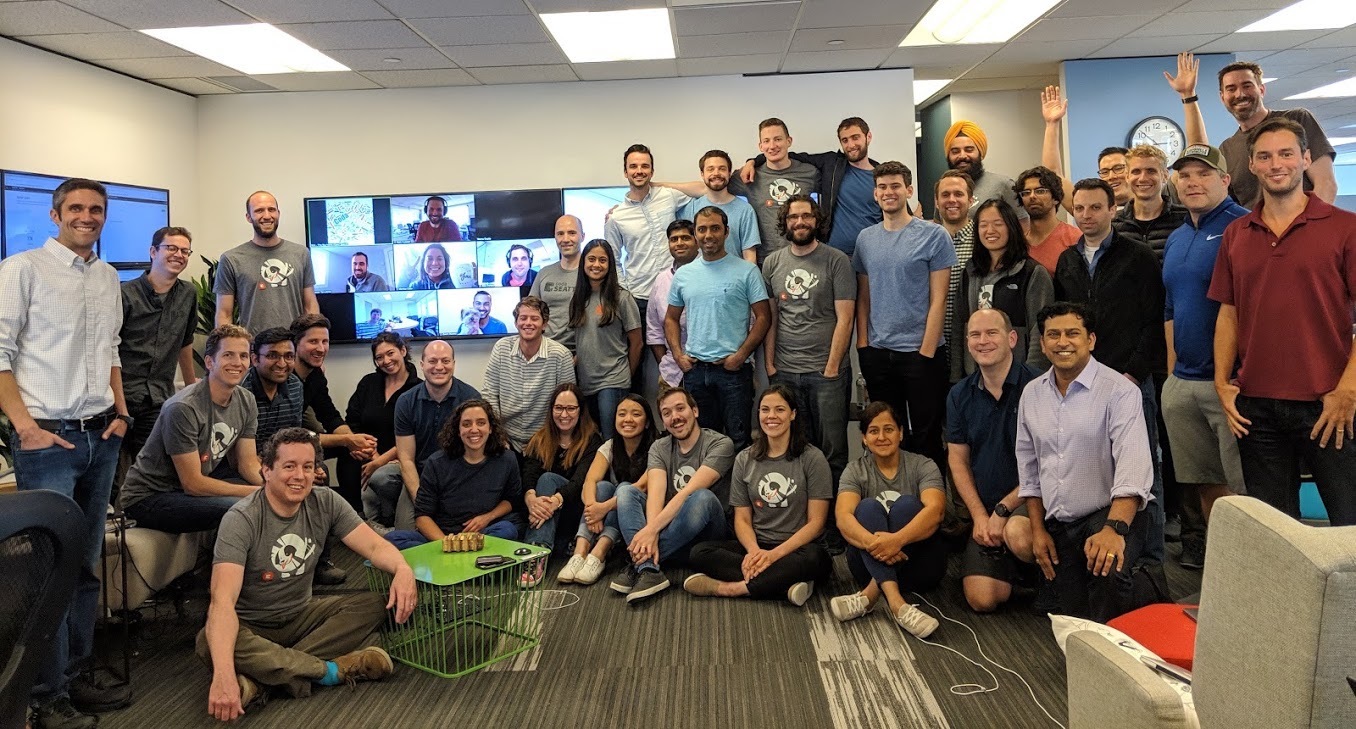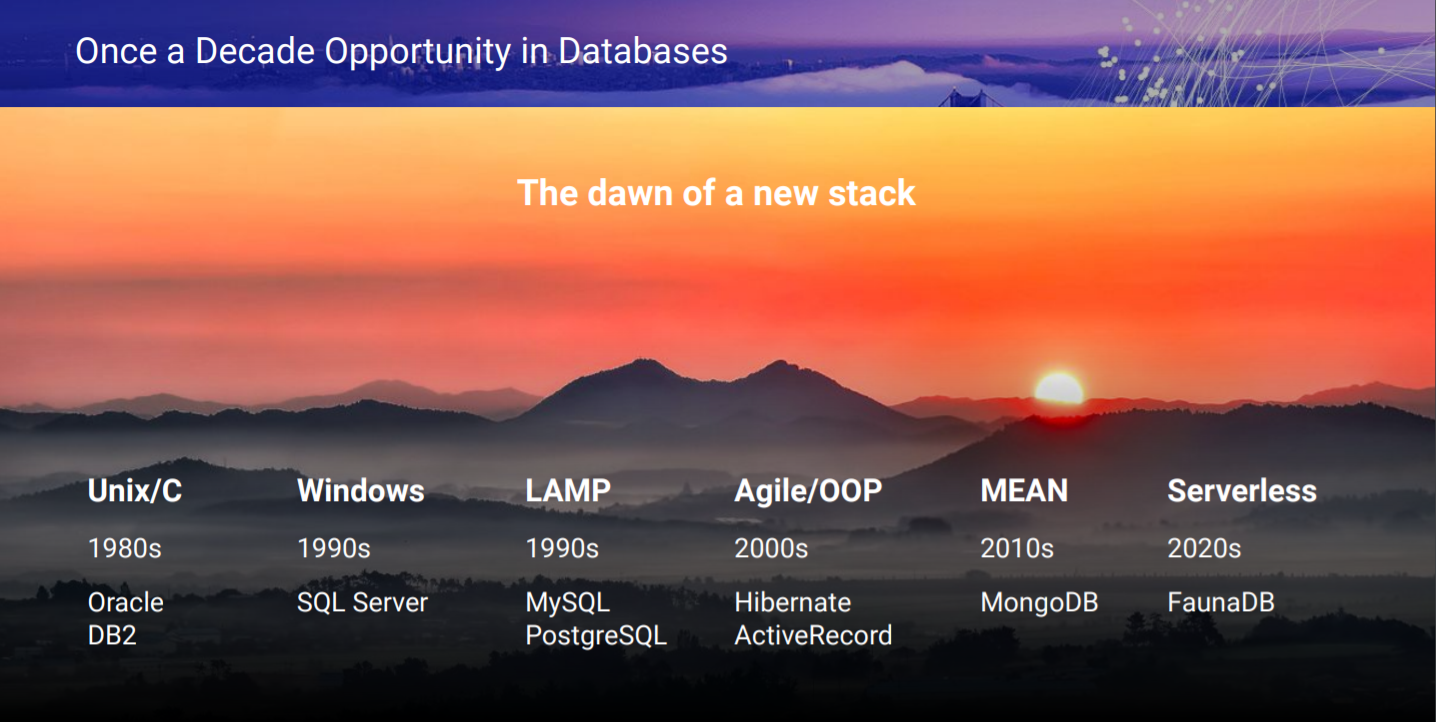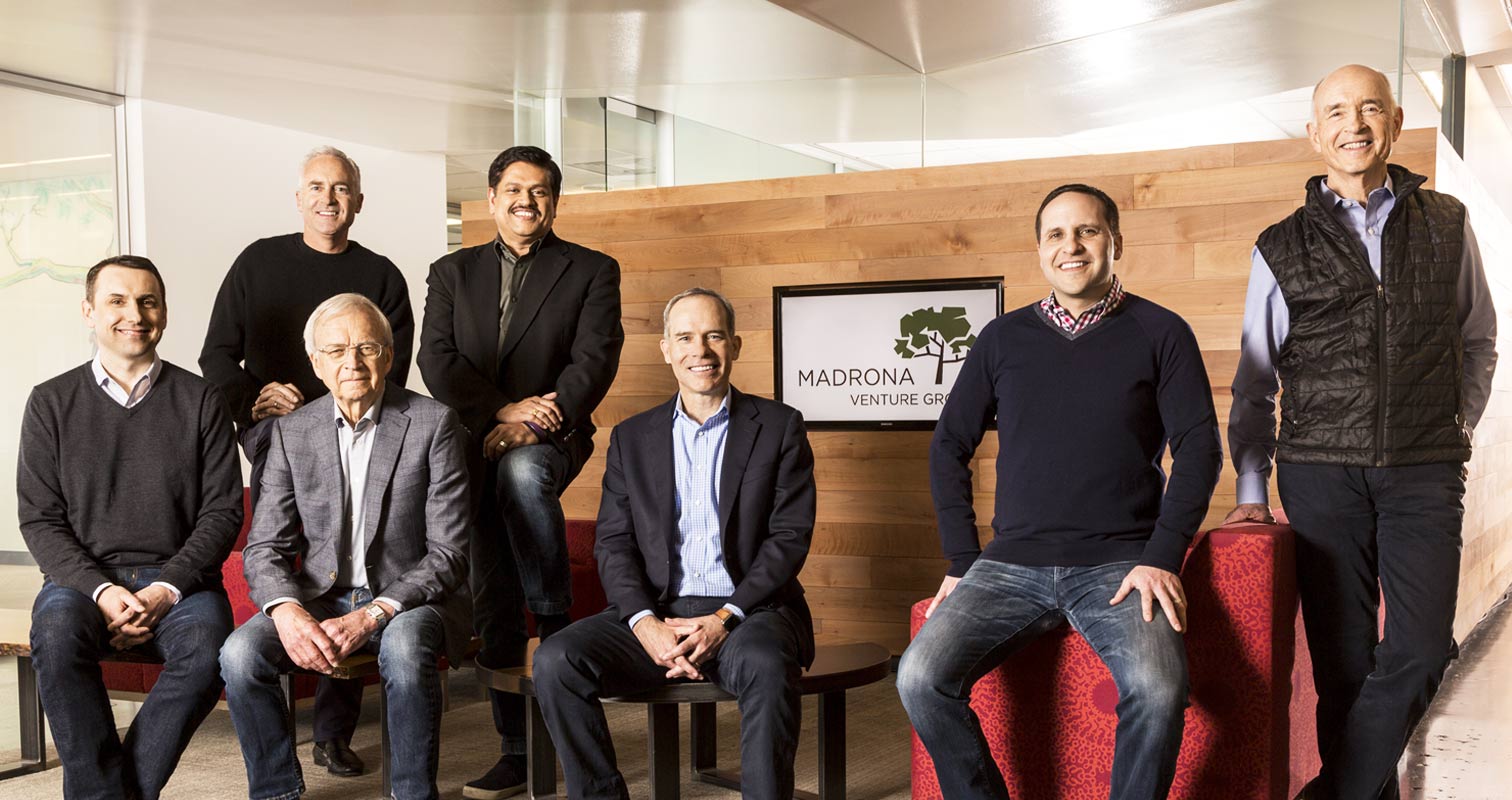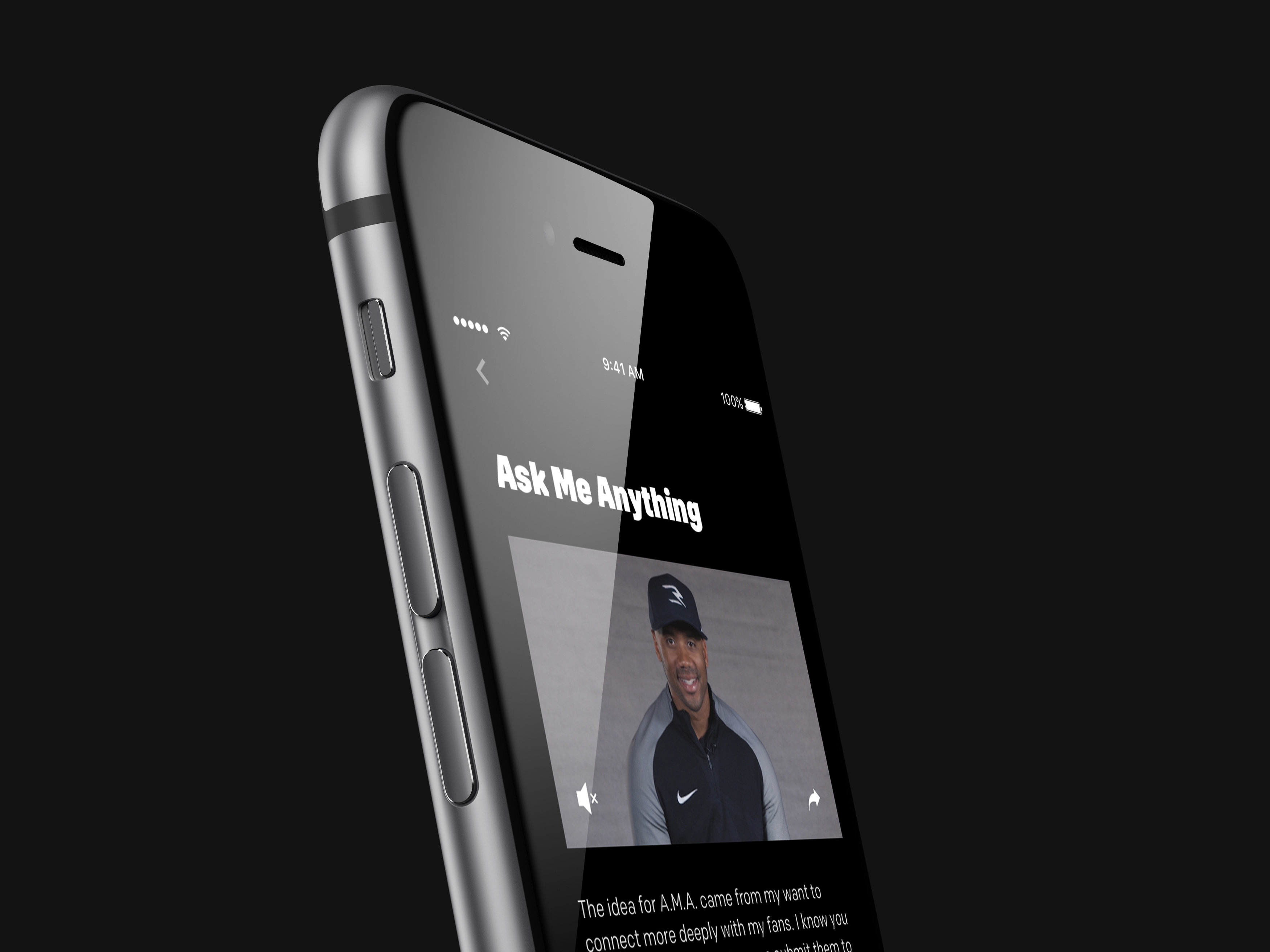In Seattle, we love our coffee. And as much as Seattle is the land of Starbucks, it is also home to some amazing craft coffee roasters. Caffe Vita, a short walk from the Madrona offices, is one of my favorites. The craft coffee movement, much like movements we have seen in categories like beer and chocolate, is having its moment. There are thousands of independent coffee roasters all over the country, perfecting their craft, and happily serving local clientele. And craft coffee, consumed both in local cafes and at home, is the fastest growing segment of a nearly $100 billion annual category.
The challenge for independent coffee roasters is building their brands and their business beyond a local audience. Enter Trade Coffee. Trade Coffee is a marketplace that enables the best independent roasters to reach new customers across the country. For consumers, Trade Coffee matches coffee drinkers’ personal tastes and preferences to the 400+ blends on their marketplace, bringing customers a variety of the highest quality and freshest blends that best meet their needs.
We started getting to know Mike Lackman and the Trade Coffee team in January 2019, when the company was just beginning to scale its subscription service. Fast forward to the middle of 2020, and Trade Coffee has shipped more than a million bags of coffee to customers, while serving as an invaluable partner to the roasters it works with, many of whose local consumer and wholesale businesses have been severely impacted by the global pandemic. We love two-sided marketplaces like Trade Coffee that provide as valuable a service to the businesses they work with as the consumers to whom they supply world class coffee.
In a world in which much of the working American population spends multiple days per week working from home, access to a variety of fresh, high quality coffees (beans and ground) to be consumed at home is that much more important. And the growing at home coffee market can be there for the thousands of incredible coffee roasters facing headwinds in their cafe and wholesale businesses. We are excited to be working with the team at Trade Coffee to build the premier brand and marketplace for specialty coffee.



